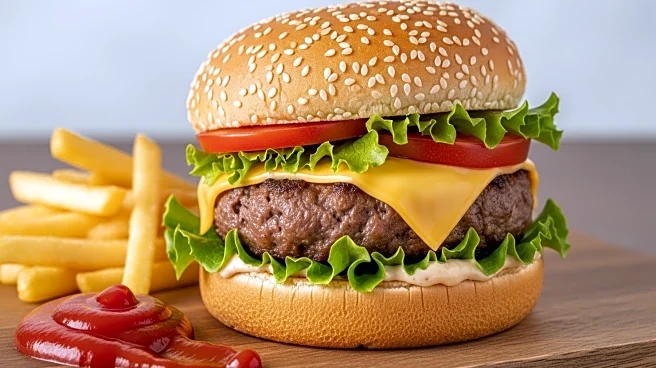The cheeseburger, a beloved American dish, has achieved several milestones throughout its history. From its humble beginnings to its status as a global icon, the cheeseburger's journey is marked by key moments that have shaped its evolution. These milestones highlight the cheeseburger's impact on American culinary culture and its enduring appeal.
Early Milestones
The early milestones of the cheeseburger can be traced back to its creation in the United States during the 1920s. The addition of cheese to the traditional hamburger was a simple yet innovative idea that quickly gained popularity. This early milestone set the stage for the cheeseburger's rise as a staple of American cuisine, paving the way for its widespread adoption.
Breakthrough Moments
A significant breakthrough moment for the cheeseburger was its introduction to fast-food menus in the mid-20th century. Major chains like McDonald's and Burger King embraced the cheeseburger, making it a central part of their offerings. This move not only increased the cheeseburger's accessibility but also solidified its status as a fast-food favorite, contributing to its global recognition.
Recent Developments
In recent years, the cheeseburger has continued to evolve, with new variations and toppings being introduced to cater to changing tastes. The rise of gourmet burgers and the emphasis on high-quality ingredients have led to a renewed interest in the cheeseburger, elevating it from a simple fast-food item to a culinary experience. These recent developments reflect the cheeseburger's adaptability and its ability to remain relevant in a dynamic food landscape.
Lasting Impact
The lasting impact of the cheeseburger is evident in its continued popularity and its role as a cultural icon. It represents the innovation and convenience of American fast food, influencing culinary trends worldwide. The cheeseburger's enduring appeal and its presence in popular culture underscore its significance as a symbol of American dining and its contribution to the global food scene.
 Discover Daily • 8 min read
Discover Daily • 8 min read 









